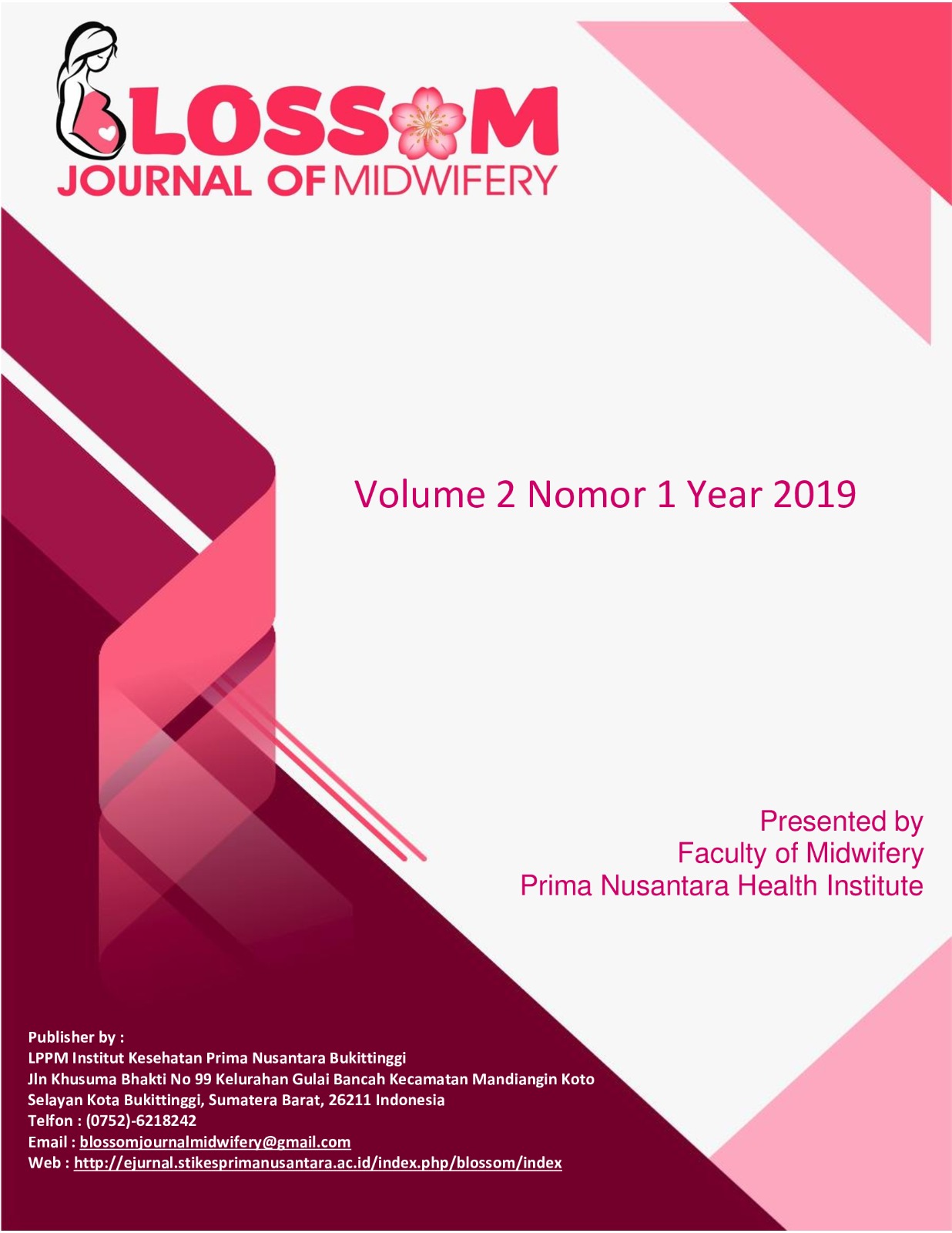THE EFFECT OF GIVING THE REDUCTION OF PAPAYA LEAVES ON REDUCING DISMENORHEA PAIN LEVELS
Abstract
In Indonesia, dysmenorrhea incidence is 64.25%, consisting of primary dysmenorrhea of 54.89% and secondary dysmenorrhea of 9.36%. Dysmenorrhea causes 14% of adolescent patients to often absent from school and do not follow daily activities. More women with dysmenorrhea do not report and visit a doctor because of shame. This study aims to determine the effect of papaya
leaf decoction on reducing dysmenorrhea pain in class X MAN Model Bukittinggi. The research design was a quasi-experimental design with a one-group pretest-posttest approach. The sample taken in this study was 15 respondents from 30 populations using purposive sampling. Collecting data using the observation sheet was then analyzed by using the paired T-test. The instrument used was the NRS observation sheet when the study was conducted on September 26, 2018. The results showed that before being given papaya leaf stew, the average pain was 4.37 and after being given papaya leaf stew with an average pain was 3.20. In the Paired t-Test, the results showed that p = 0.000, where p <0.05. So it can be concluded that there is an effect of giving papaya leaf decoction on reducing dysmenorrhea pain in class X MAN 1 Bukittinggi Model 2018 students. It is hoped that further researchers can examine other factors that can reduce menstrual pain for respondents.




